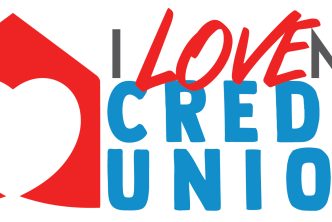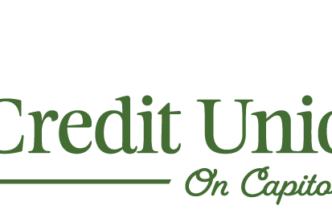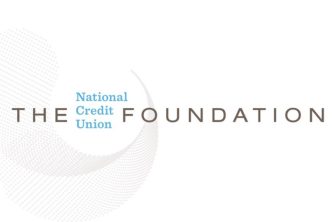On Sept. 18, the Federal Reserve Board updated its frequently asked questions (FAQs) to clarify the Board and Department of Treasury’s expectations regarding lender underwriting for the Main Street Lending Program. The revised FAQs emphasize that lender underwriting should look back to the borrower’s pre-pandemic condition and forward to their post-pandemic prospects. The FAQs also clarify supervisory expectations for lenders originating Main Street loans.
In June, the NCUA urged credit unions to participate in the program, set up by the Fed to help increase the flow of credit in the face of the financial impact of the coronavirus crisis. NCUA suggested credit unions could “assist their members during this difficult period with minimal risk exposure.” The agency said loans made through the MSLP will be offered as a participation; the Fed will provide 95% of the loan and the credit union will provide 5%. The credit union will service the loan.
The program supports lending to small and medium-sized for-profit businesses and nonprofit organizations that were in sound financial condition before the COVID-19 pandemic but lack access to credit on reasonable terms. The program offers several five-year loan options, with deferred principal and interest payments for qualified businesses and nonprofits to allow borrower’s time to recover from the pandemic
The revised FAQs were developed with the Federal Deposit Insurance Corporation and the Office of the Comptroller of the Currency.
Also, the Federal Reserve Bank of Boston anticipates that the Main Street program will begin accepting loans made to multiple co-borrowers when that functionality is deployed next week. In anticipation of that added functionality, the Main Street FAQs also include details regarding co-borrower loans.





